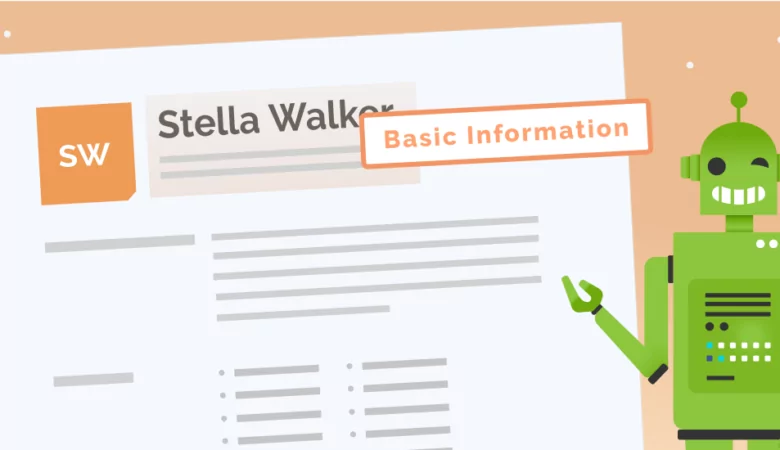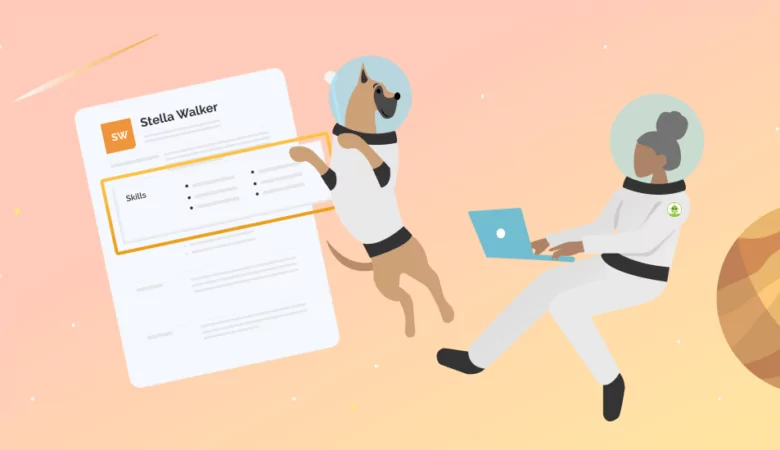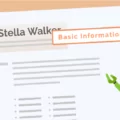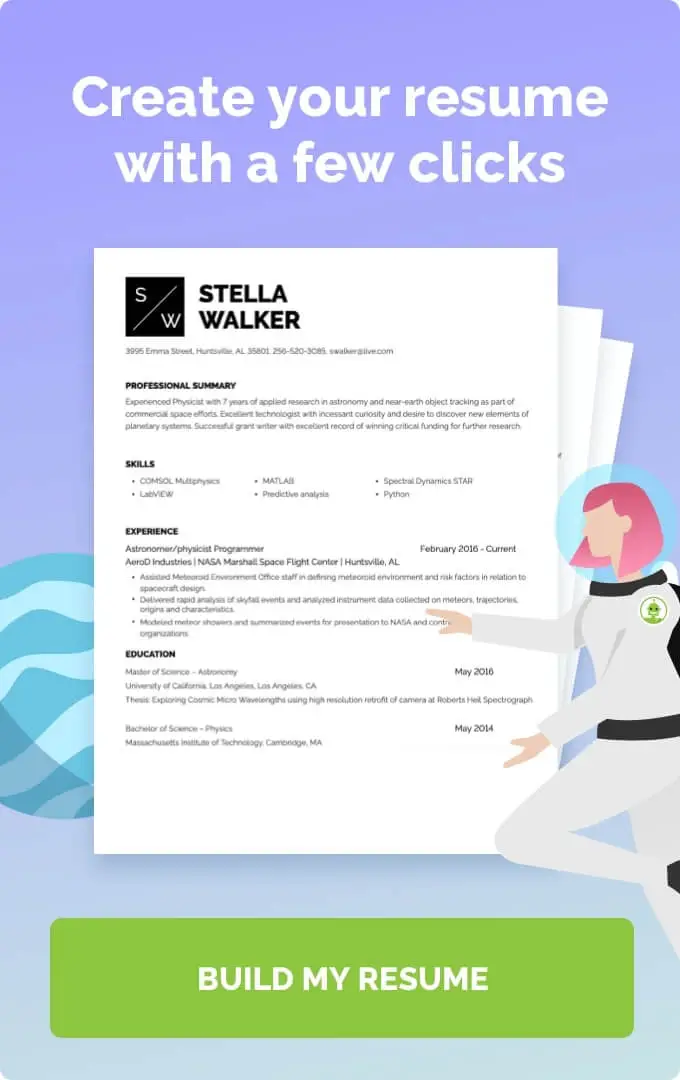Working as an EMT and saving others from injury, may not leave a lot of time to write the perfect resume. Here are time-saving tips from ResumeNerd.
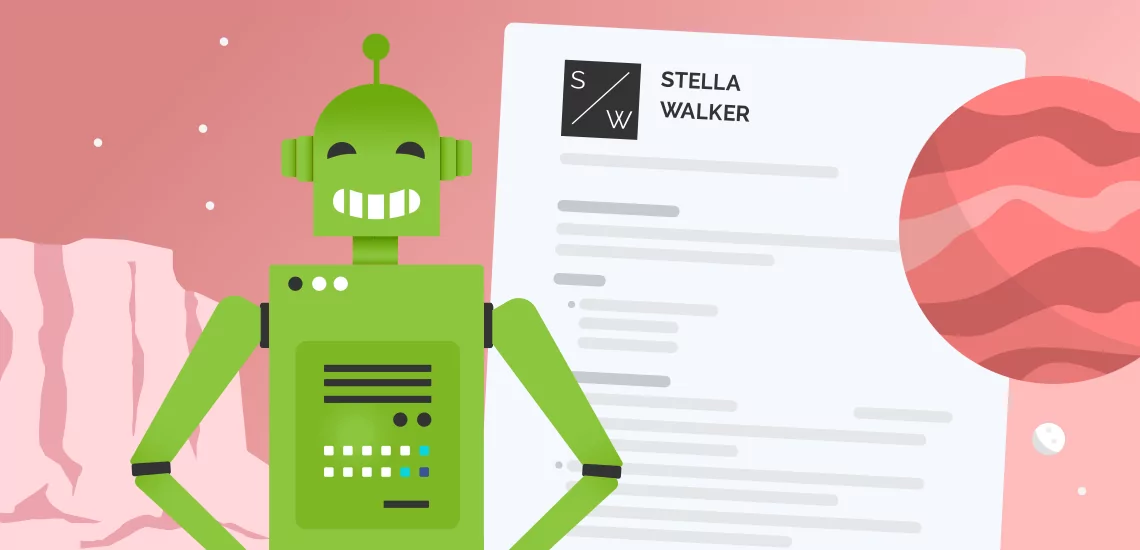
Stunning EMT Resume Examples for You to Use This Year
EMT Resume Examples
An EMT is a first responder that attends to emergencies and administers basic first aid or life support to patients in need. Emergency patient care often requires you to juggle extensive knowledge of medical procedures and social skills under pressure. Check out these quick resume writing tips to help you write the best emergency medical technician resume in a snap.
What To Highlight in an EMT Resume
Resumes for EMTs, emergency medical technicians, must highlight all the necessary safety certifications, EMT licenses and medical care experience. Hospitals will not even entertain applications that don’t present this essential training. Additionally, every state requires EMTs to hold a license before they can even work in the field. Emergency medical services (EMS) also work at odd hours, so you will need to include a good mix of soft skills within your resume. Being able to quickly respond to emergency calls, problem-solving and good teamwork are all great skills for an EMT to have.
Structure of an EMT Resume
Before starting to write your EMT resume, you will first need to decide which resume format best fits your situation. There are three resume formats: chronological, functional and combination. If you have several years of experience, you will want to use the chronological resume format, since it focuses on work experience. However, if you have recently been certified as an EMT, you will want to use the functional resume format as it highlights skills and education. And if you have changed careers to become an EMT or you have gaps in your employment history, the combination resume format will probably be your best option.
Regardless of the resume format you choose, you will have the following sections in your resume. Here’s what you need to include in each section.
Header
Filling out the header is relatively simple as it contains your contact information with your name, phone number, location and email address. You can also include your professional social media links, such as your LinkedIn profile.
Resume summary or objective
The next section is a short 2-3 sentence paragraph with either a resume summary or a resume objective. If you have several years of experience, you will want to write a resume summary that discusses your most relevant life support and healthcare experience, related EMT skills, and certifications. But if you have been recently certified, you will want to write a resume objective that highlights the goals you hope to achieve while you work in a specific position. For instance, aspiring EMT-Basic job seekers might want to write about how they hope to gain more professional experience in the medical field.
Skills
An EMT resume should have a mix of both hard skills and soft skills. Hard resume skills prove that you have the right know-how to perform your job correctly. This can include knowing how to give emergency care, basic life support, and other first aid.
Soft skills are also essential to understanding your patients’ conditions. Knowing how to communicate with your patients is key to knowing how to help them when they’re hurt.
Here is a list of EMT skills you can add to your resume:
- Proficiency with various medical equipment and medical terminology
- Airway management
- Stabilization of injuries
- Advanced life support
- Emergency vehicle operation and ambulance service
- Emergency response
- Patient assessments (under the direction of higher-level EMTs or paramedics)
- Assisting in pre-hospital care
- Teamwork
- Verbal and written communication
Work History
A professional resume should only include the most relevant roles to the position you are applying for. In the case of EMTs, you might want to include other healthcare experience. Overall, your work experience should reflect hands-on experience in the EMT field. This can include volunteer, teaching or other experience as well.
Many EMT training courses will offer internship opportunities for you to work alongside actual EMTs. This can give even entry-level EMTs the right experience they need to apply to other EMT positions in the future.
Education
Most EMTs will at least need a high school diploma or GED. You also need to attend an accredited EMT certification program approved by the Commission of Accreditation of Allied Health Education Programs in your state. After passing these exams, you can apply for an EMT certification in your state.
Do’s and Don’ts for an EMT Resume
Knowing what to do and what not to do when writing an EMT resume can help you in your next job search.
Do:
- Study the job description. Highlight key terms from the job requirements and add them to your resume to get past applicant tracking systems (ATS). The ATS scans for qualified applicants.
- Emphasize your years of experience. If you have worked within the healthcare field for a while, then it’s a good idea to stress this in your resume.
- Use bullet points. Bullet points explaining your work experience can help you save space on a resume and make it easier for a busy recruiter to scan.
Don’t:
- Forget to proofread. If there aren’t any spelling or grammar errors on your resume, the recruiter will see that you are detail-oriented.
- Include irrelevant work experience. To keep your resume concise, it’s best to only include work history that pertains to the medical field.
- Lie. It's never a good idea to lie about your qualifications, especially in the medical field. Your credentials will be verified before you’re hired, so you won’t get the job if you’re found out.
FAQ: EMT Resumes
Yes! The cover letter tells recruiters more about your medical skills and work experience. It gives you the perfect opportunity to explain why you are the best fit for an EMT role. You can even request a job interview in the closing paragraph.
Most EMT certification programs will offer you the chance to gain experience before you become a fully-fledged EMT. Entry-level positions should be simple to apply to after this training is complete. And when you do start sending out applications, use the functional resume format and write a resume objective to better focus on your education and skills.
You always want to change up your resume for every job you apply to. Read the job description and select key phrases or terms that describe the skills and experience the recruiter is looking for. Then add these keywords to your resume. Doing this shows the recruiter that you are the perfect candidate for the job.


